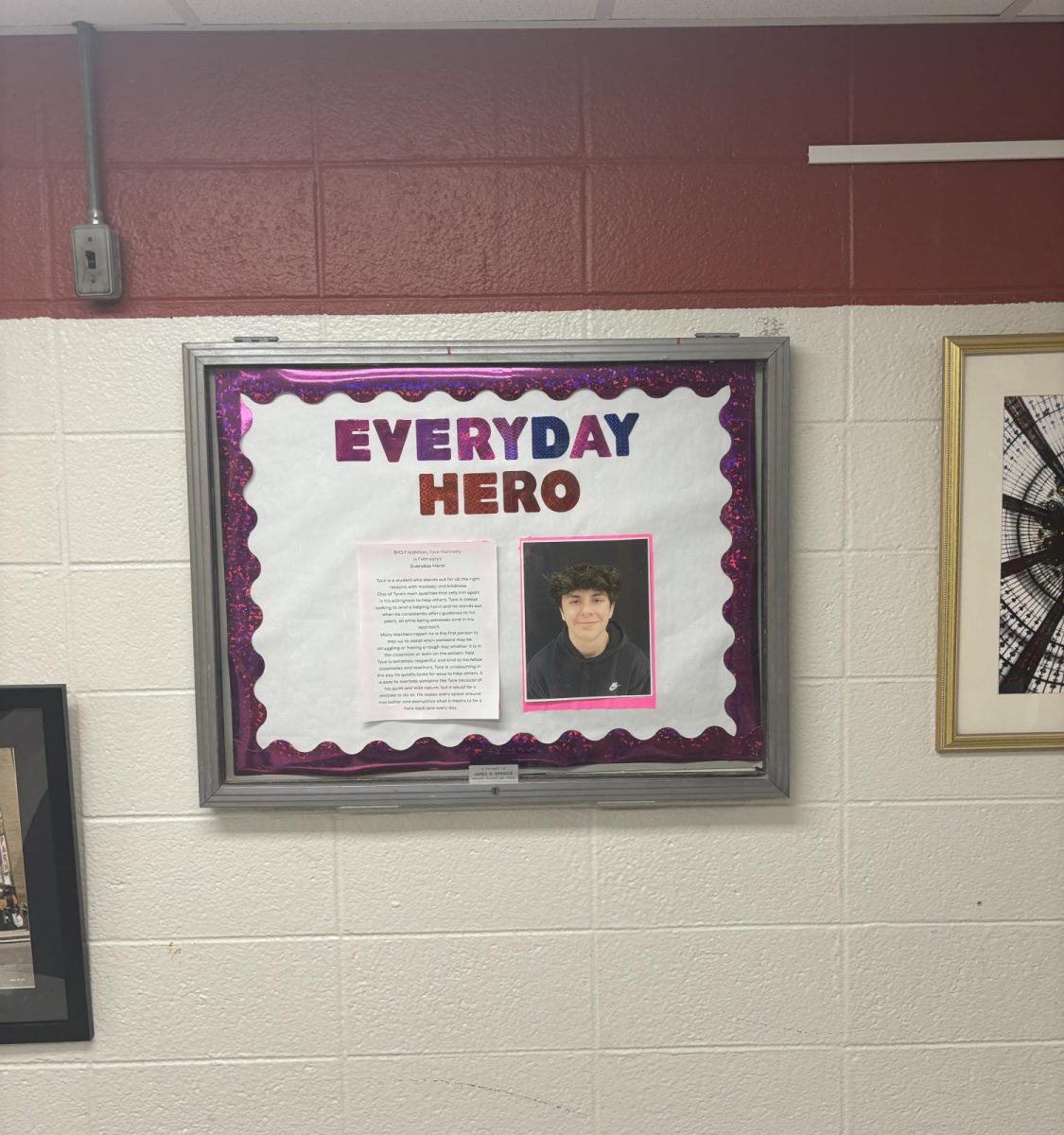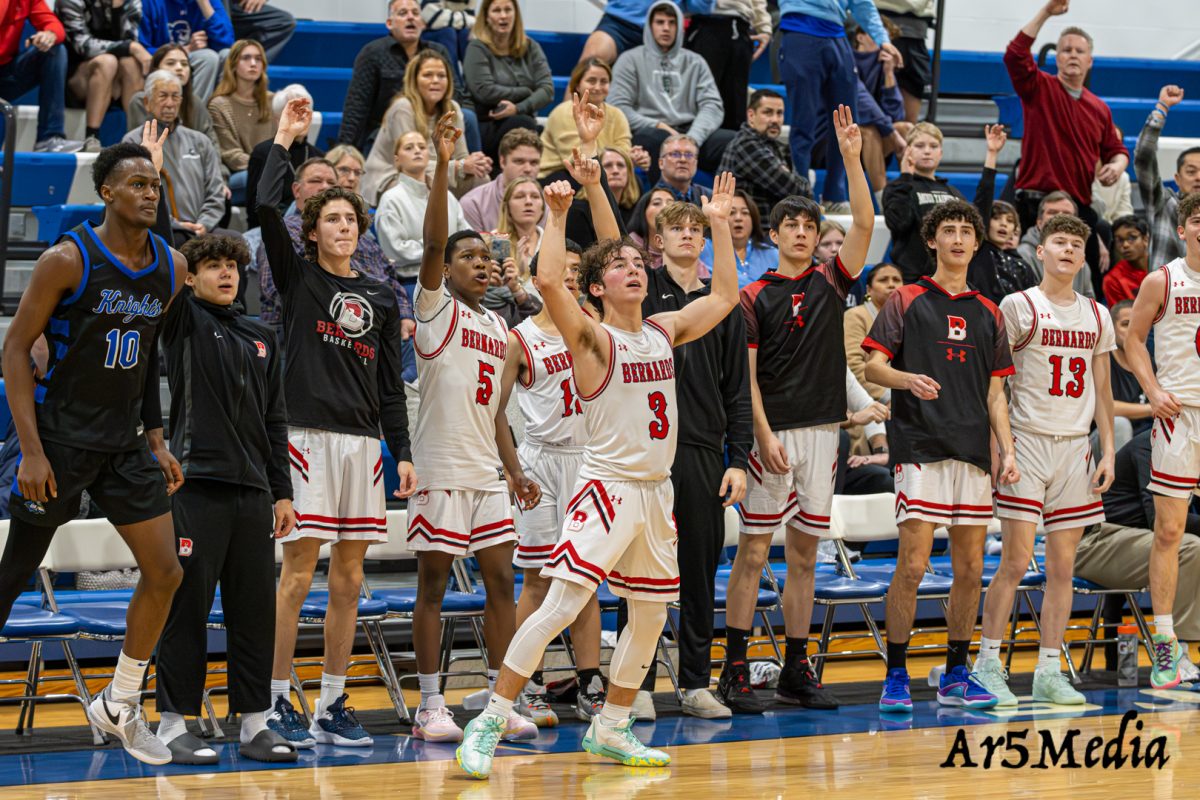With children mainly learning virtually, transparency and academic integrity is thinning, and ways to cheat and expose technology are at a historic high. A study published by Professor Phil Newton for the Frontiers in Education, analyzed 71 survey samples from 65 studies dating back as far as 1978. His results showed that a record high of 3.5% of students admitted to contract cheating, and 15.7% of students self-reported that they paid other students to undertake their work. Newton even suggests that the data is an understatement of this prevalent cheating wave.
On the web browser, Google, when looking up To Kill a Mockingbird summary, a high school English class staple, hundreds of results show up, telling you exactly what happened throughout the novel, and insightful literary terms the book holds. Almost every book covered in high school can be found online, explaining to you all the details as well as covering possible questions your teacher will ask you about the book.
Since 2000, SAT test scores have raised 9 points in the math section, and 23 points in the reading and writing section. These grades are aided by the plethora of knowledge available on the internet. After surveying 106 Bernards High School students, I found that 40.6% students have admittedly cheated on their work, by plagiarizing off the internet, or using classmate’s answers. If the state of virtual school remains the same, students will only find easier ways to cheat, making it imperative to end this pandemic of academic piracy now.
The dramatic increase in cheating rates may not be just due to laziness; Although plagiarism should never be accepted in a school environment, students are finding it as the only way to cram in all their work before 11:59 p.m deadlines every night. Participating in school virtually is dampening many students’ spark for learning. Interacting through a computer screen makes it harder for teachers to engage and excite students to learn.
With 40 percent of adults struggling with mental health issues or substance abuse recently, the negative effects of less human interaction with children are no different. With historically high cheating rates, increases in mental health issues and spikes in behavioral problems, is virtual school a feasible and sustainable way for children to learn, or is the taxes of school, paired with little to no human interaction crushing our students?













